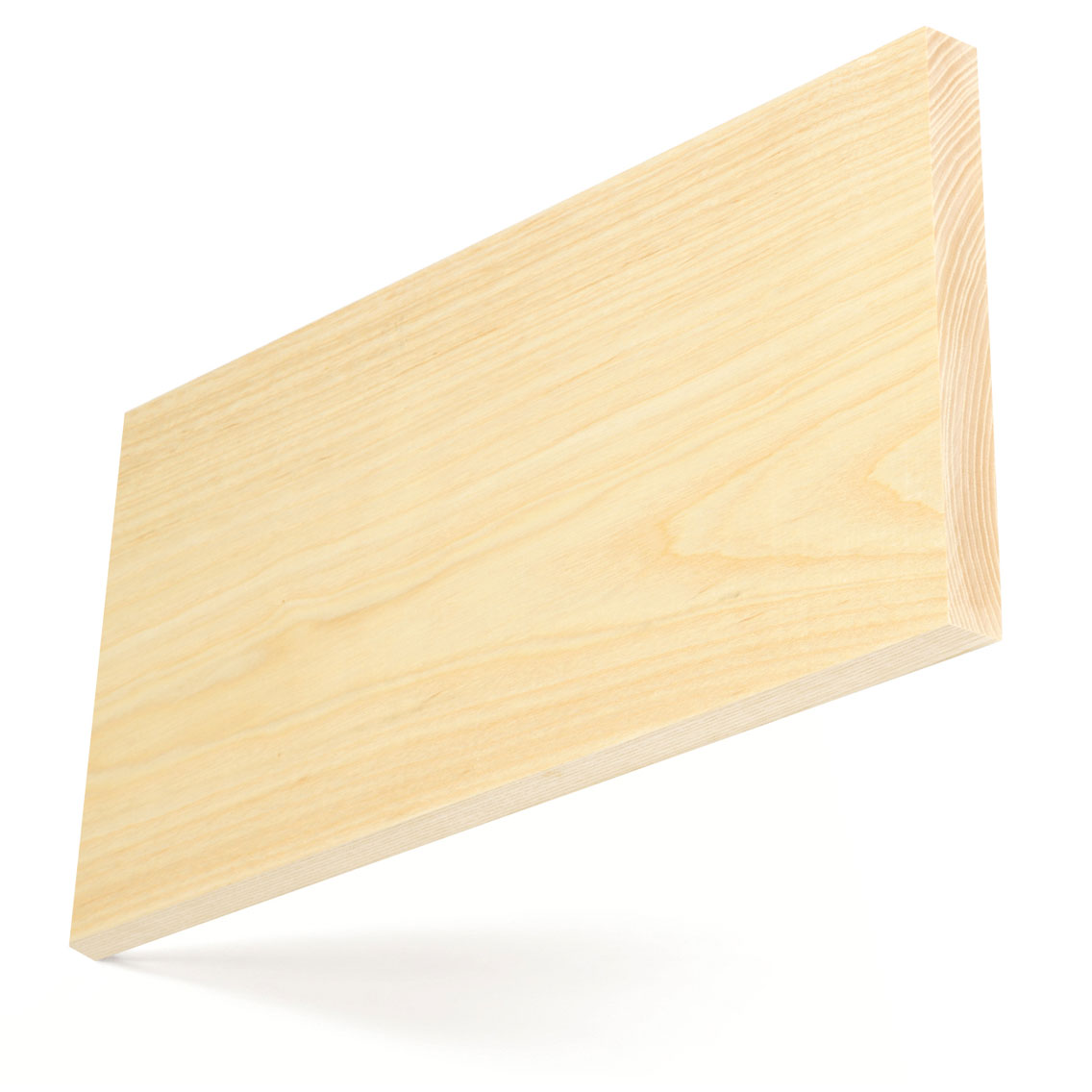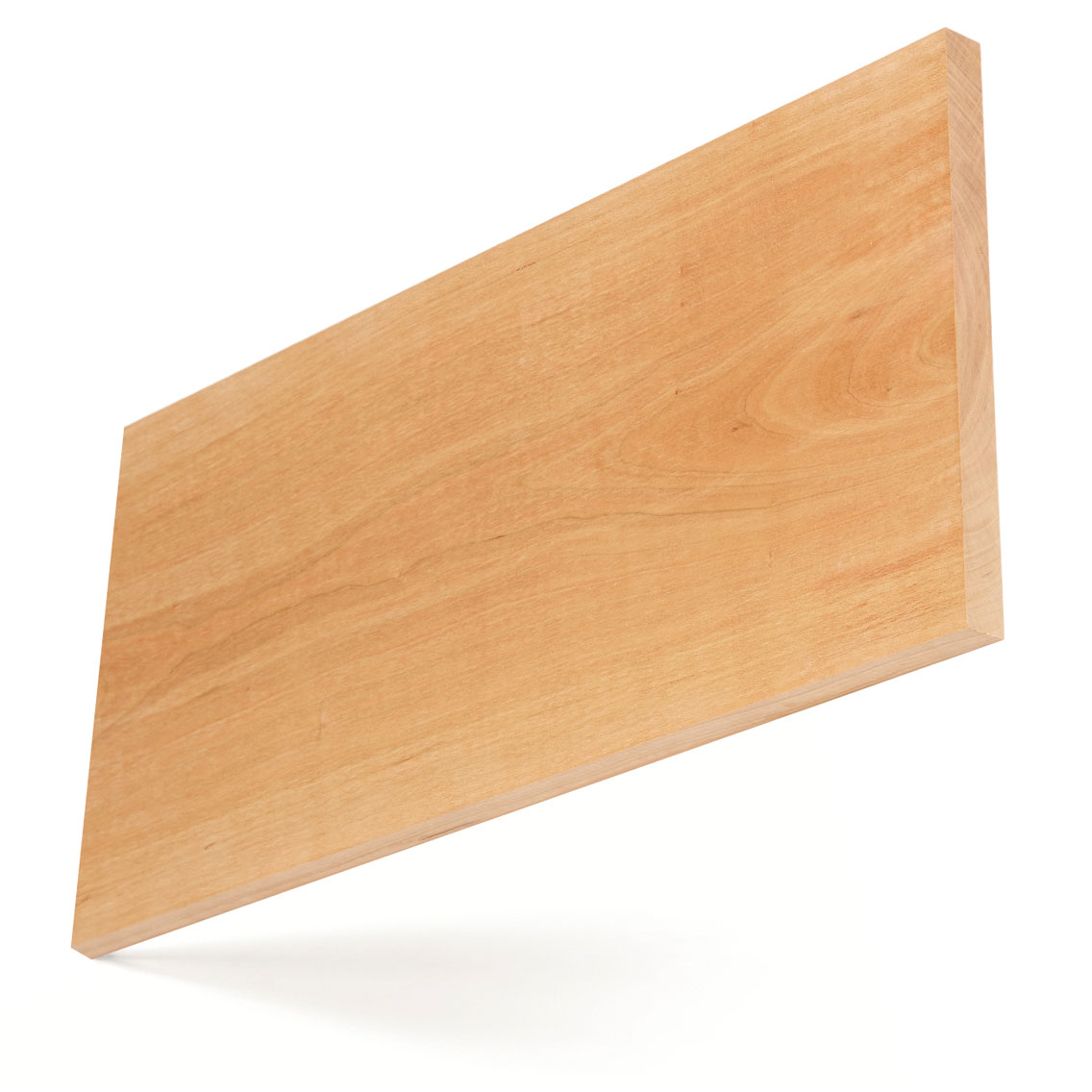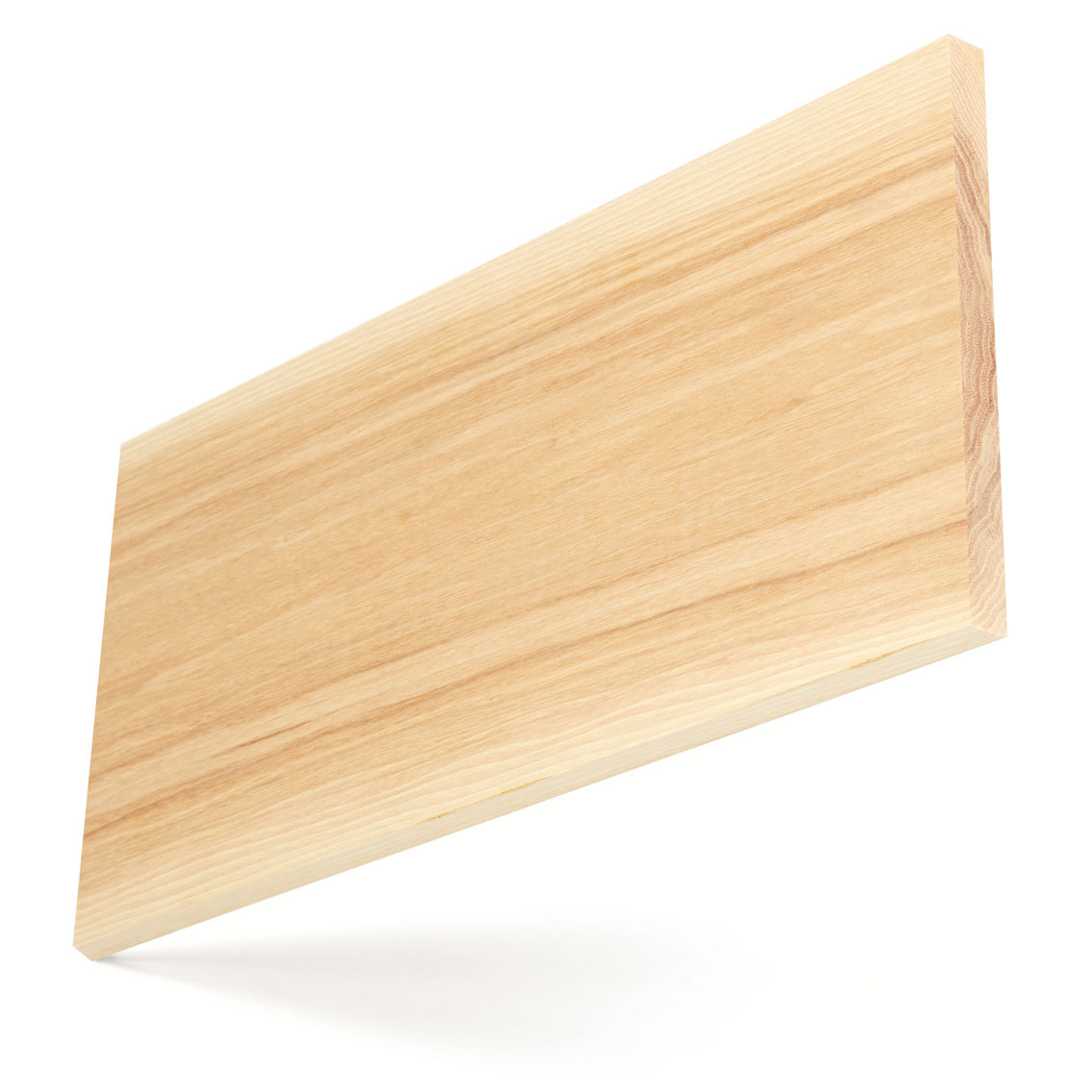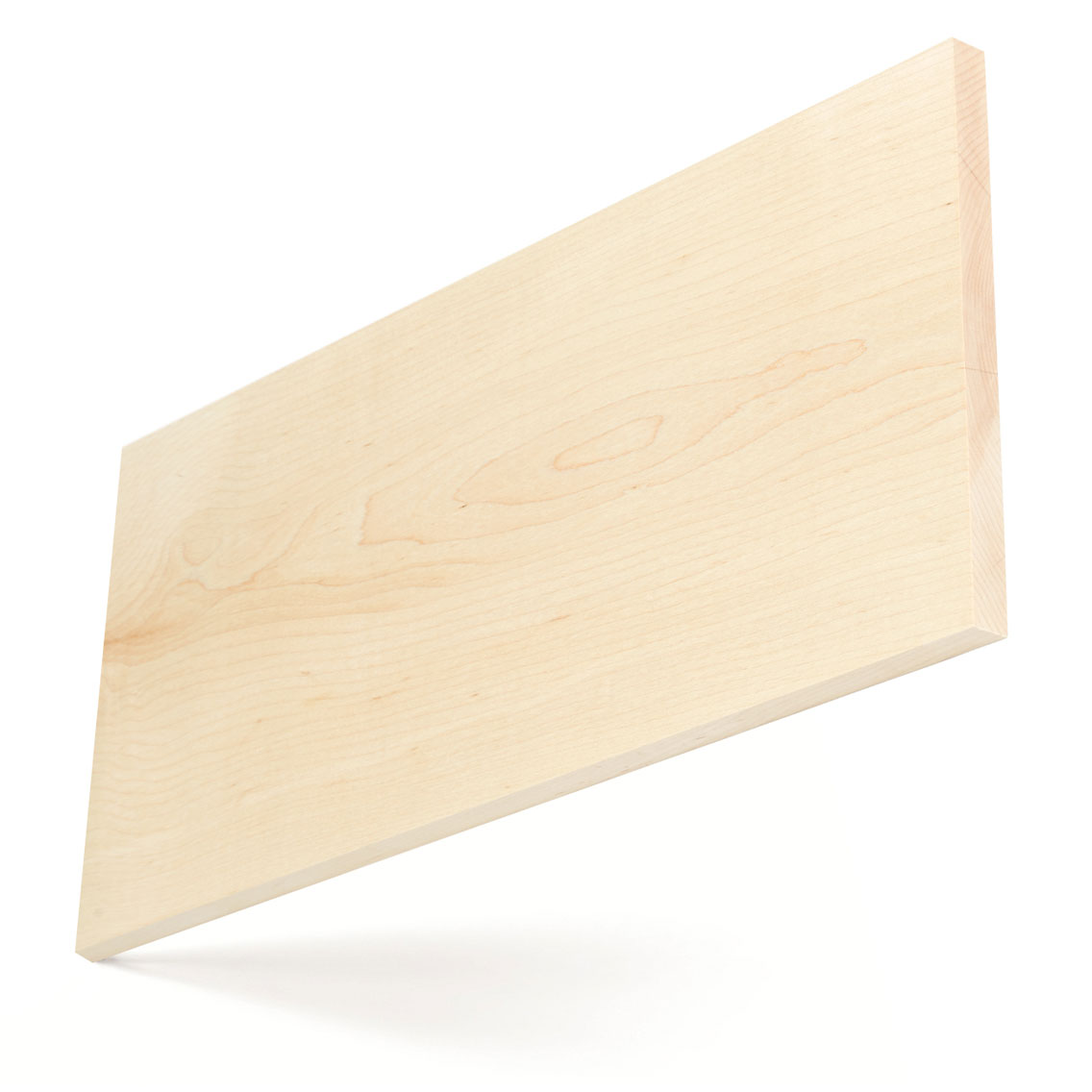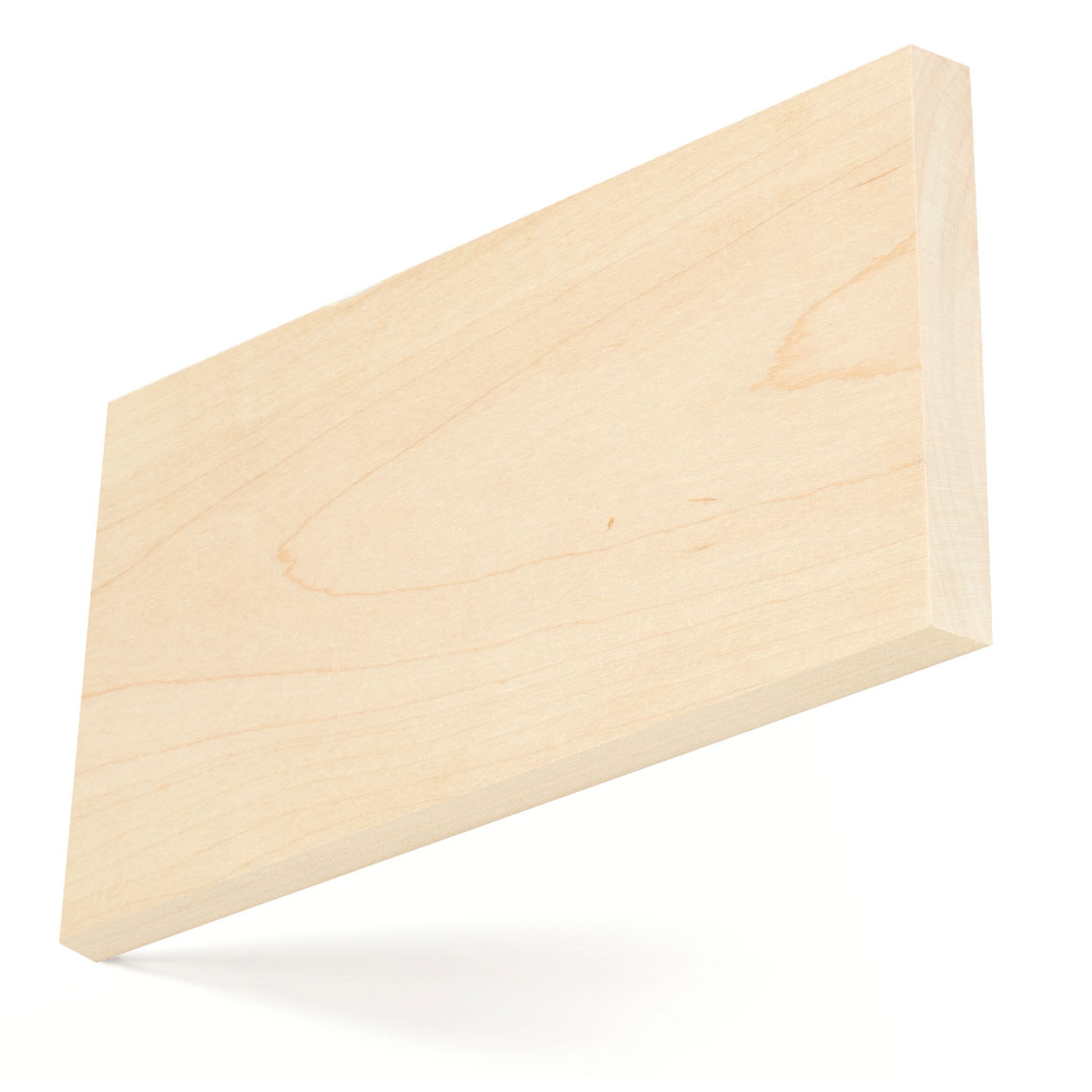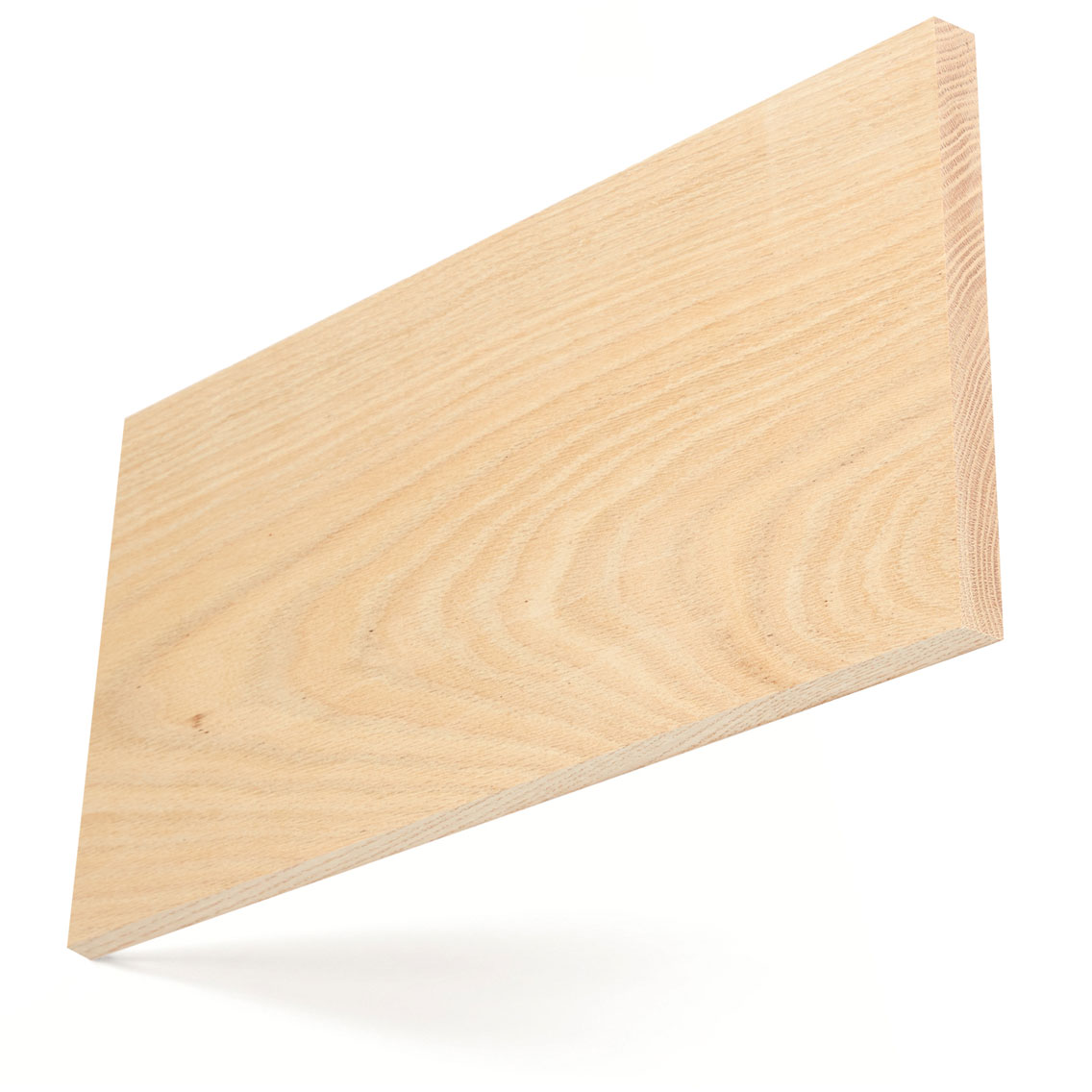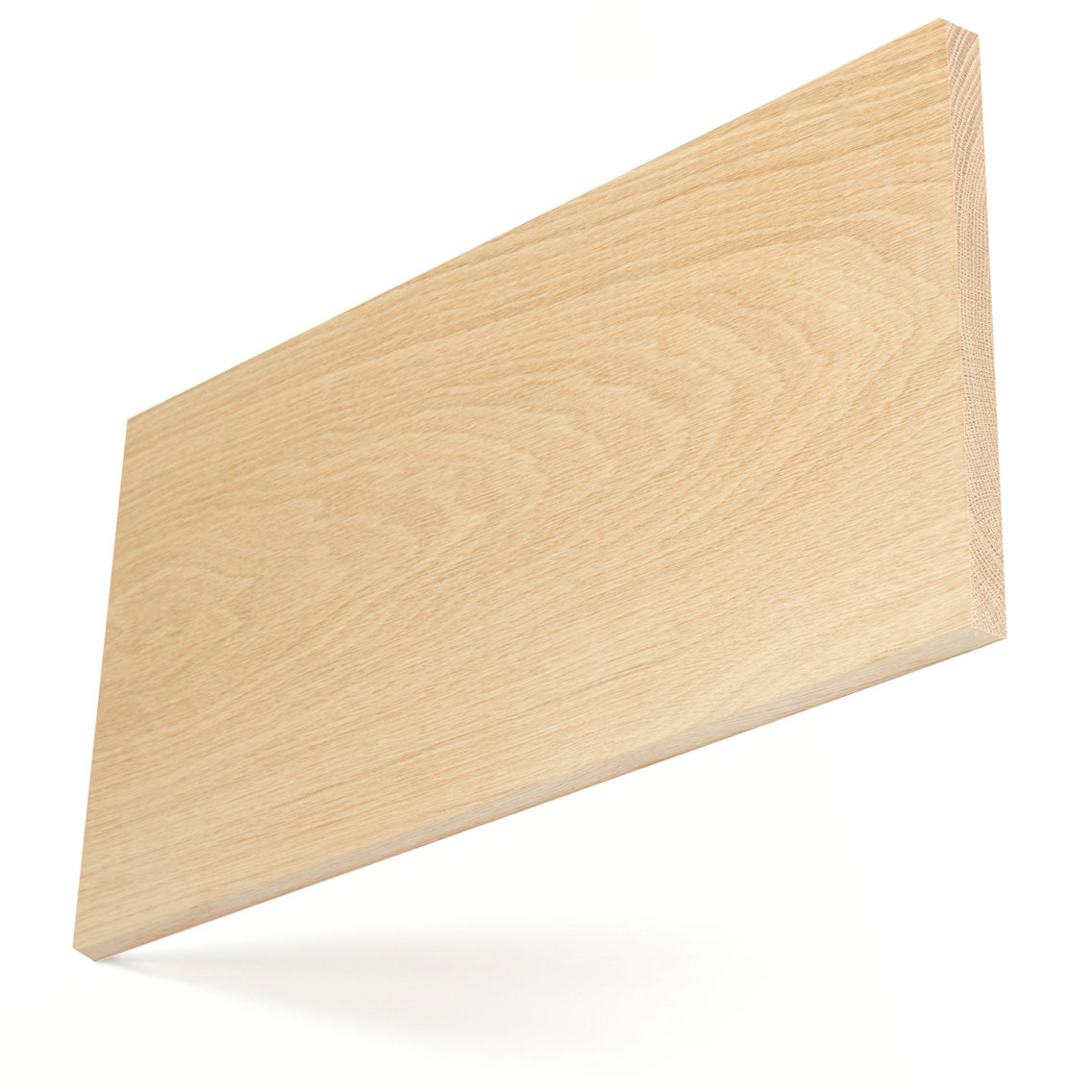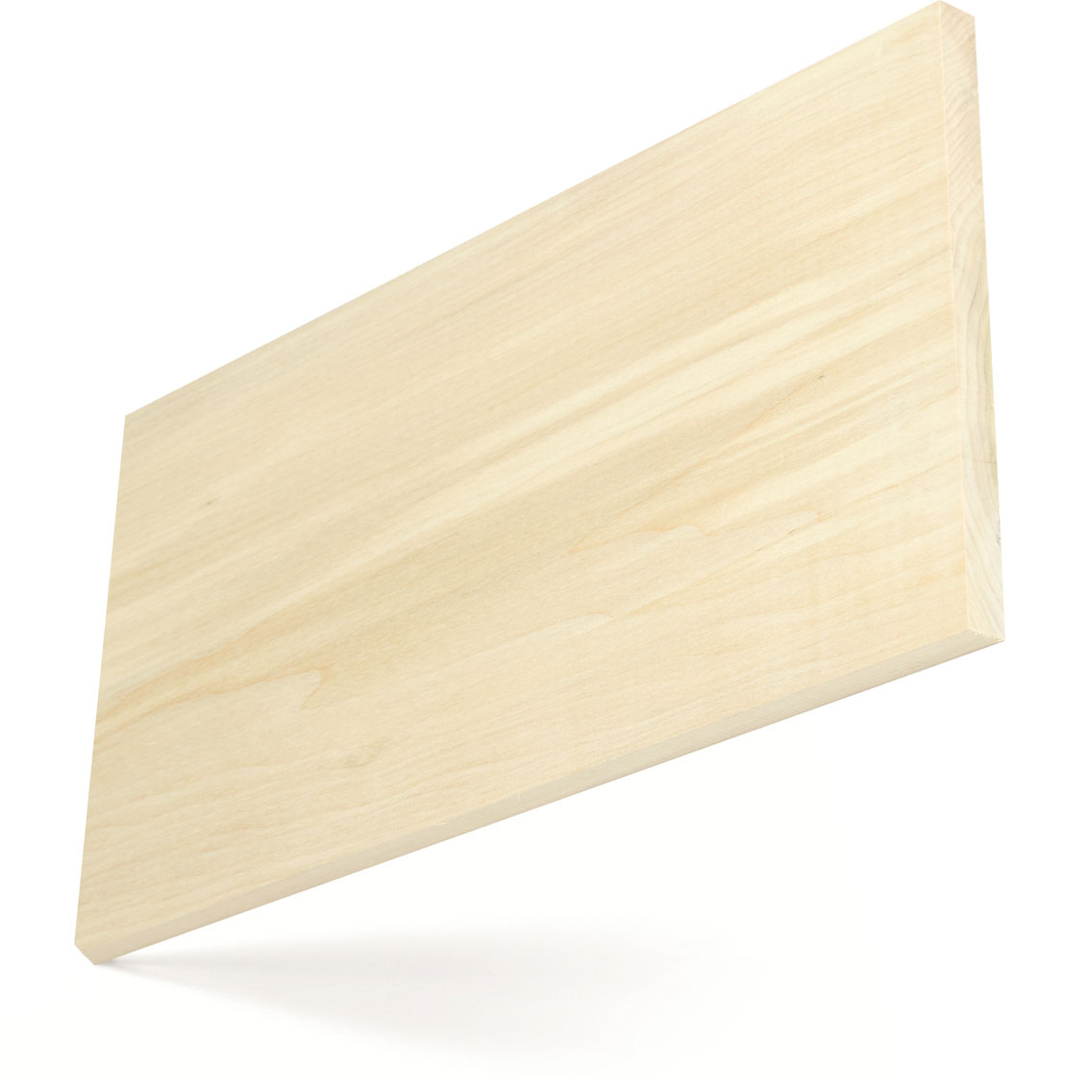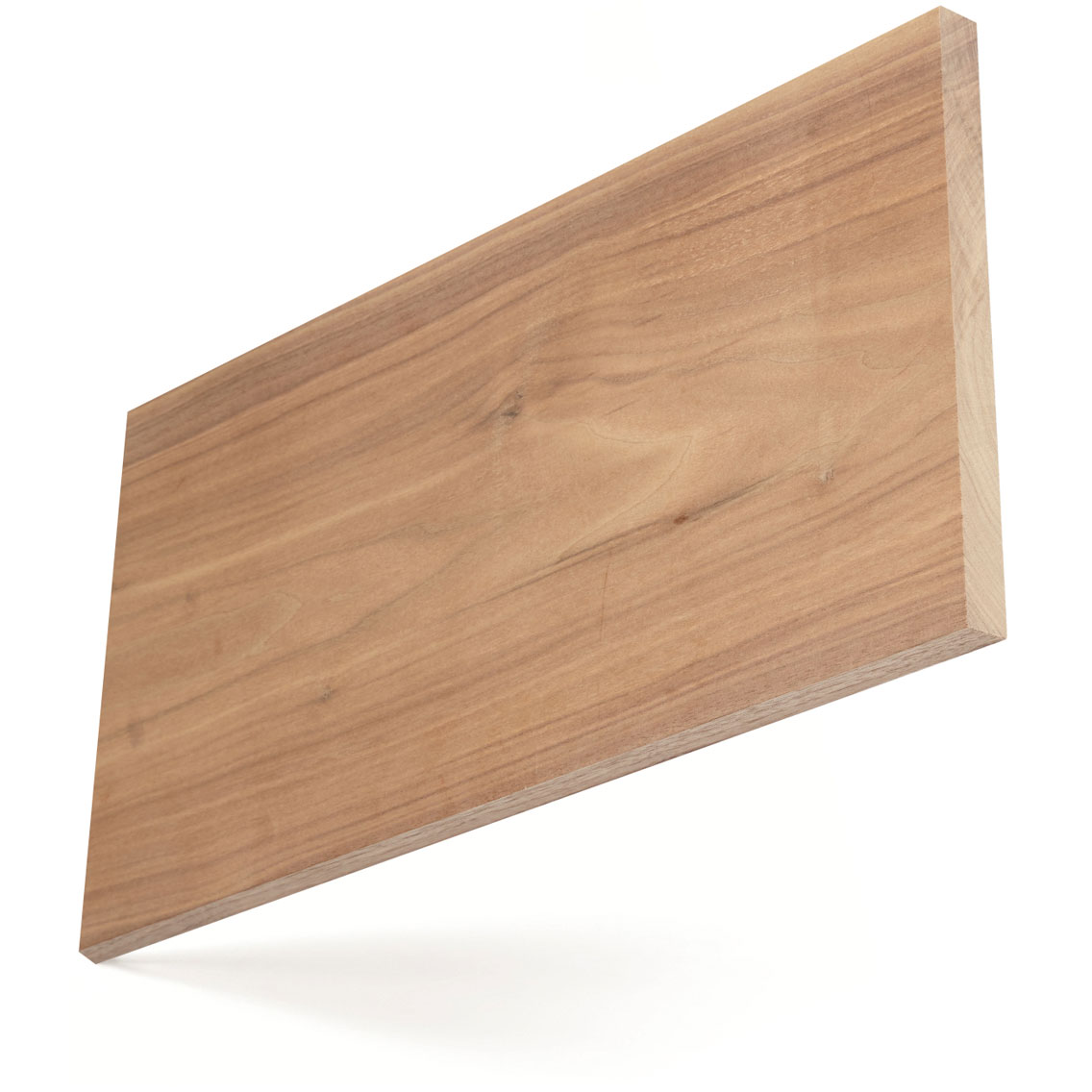GRADING SAWN LUMBER
The purpose of this information is to provide a simplified but thorough explanation of the grading rules for American hardwood lumber. They were established over 100 years ago by the newly formed National Hardwood Lumber Association (NHLA). Today the NHLA has over 2000 members worldwide, and the NHLA rules are still the national standard for the US hardwood industry and form the basis for grading of export lumber. Wood is a natural material and by its very nature may contain different characteristics and defects that need to be understood, and allowed for, in any given application.
The grading of sawn wood into categories, as it is processed, helps to determine to a large extent the value and potential use possible for each board of sawn lumber. The NHLA grading rules provide both the buyer and seller with a consistent language to use in specifying hardwood lumber transactions. Although the NHLA grading rules are targeted for the US marketplace, a reasonable knowledge is essential for buyers worldwide in order to attain their expected degree of quality. The grade of lumber purchased by a manufacturer will determine both the cost and waste factor that is achieved. Because the grades are based on the percentage of clear wood in the board, many of the beautiful, natural characteristics found in hardwoods are not considered in calculating the clear yield. This fact is highlighted by photograph illustrations of the main grades, for 10 important US hardwood species, contained here.
Hardwood lumber is usually graded on the basis of the size and number of cuttings (pieces) that can be obtained from a board when it is cut up and used in the manufacture of a hardwood product. The NHLA rules were designed with the furniture trade in mind to provide a measurable percentage of clear, defect-free wood for each grade. The upper grades provide the user with long clear pieces, while the Common grades are designed to be re-sawn into shorter clear pieces. The upper grades, which will include FAS, FAS-One-Face (FAS/1F) and Selects, are most suitable for long clear mouldings, joinery products such as door frames, architectural interiors; and furniture applications which equire a heavy percentage of long wide cuttings.
The Common grades, primarily Number 1 Common (No. 1C) and Number 2A Common (No. 2AC), are likely to be most suitable for the kitchen cabinet industry, most furniture parts, and plank and strip flooring. It is worth noting that once re-sawn, the cuttings obtained from the Common grades will be the same clear wood as the upper grades but in smaller (shorter and/or narrower) cuttings. The grade name simply designates the percentage of clear wood in the board, not the overall appearance. The American hardwood temperate forest resource is the largest of its kind anywhere in the world, with a significant history of sustainability. Exploring the Common grades, where possible, is invaluable in achieving the most value in both lumber cost and yield. These efforts will also help to ensure the sustainability of the resource for future generations.
THE ILLUSTRATED GUIDE TO AMERICAN HARDWOOD LUMBER GRADES
This guide provides a simplified explanation of the NHLA grading system, which is the national standard for the U.S. hardwood lumber industry and forms the basis for export grading.
PUBLICATION DATE: September 2013
COST: Free
SPECIES: All species
MEASUREMENT
The NHLA lumber grading rules adopted by the US hardwood industry are based on an imperial measurement system using inches and feet. In contrast most export markets are more familiar with a metric standard. Additionally, the grade rules were developed with random width and length lumber in mind. Any selection for particular specifications should be discussed prior to ordering.
THE GRADES
What follows outlines the standard NHLA grades: Clear Face Cuttings Grades (FAS, FAS One face, Selects, No.1 Common and No. 2A Common) and Sound Cuttings Grades (No. 2B Common). The NHLA states that these grades have “stood the test of time and of an exacting market, serving as a pattern for others”.
CHARACTERISTICS AND DEFECTS
The following shows characteristics that occur in US hardwoods. Some are inherent to certain species and others are generic to all. These characteristics either occur naturally in the lumber or as a result of the drying process. As has already been discussed, the grades are based on the percentage of clear, defect free wood in the board.
GRADING IMAGES
Select one of nine American hardwood species to see visual examples of each grade. This core selection of American hardwood species provides the perfect introduction to grading sawn lumber in accordance with the NHLA rules; the standard for the U.S. hardwood industry and for international trade.
ADDITIONAL GUIDANCE
Regional exceptions to the standard NHLA grades The NHLA grades cover the majority of commercial hardwood species growing in the USA. The following is a brief summary of the various species and colour sorting that can be ordered from the American supplier.

